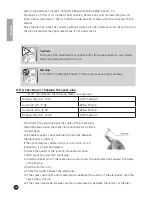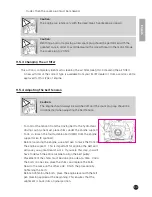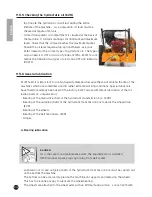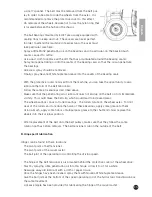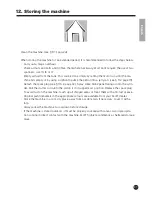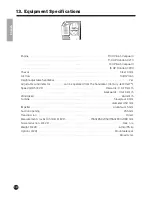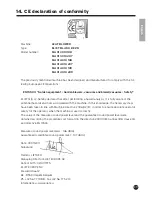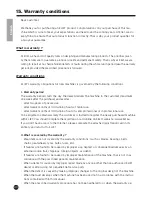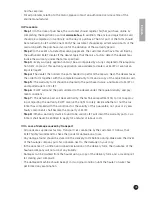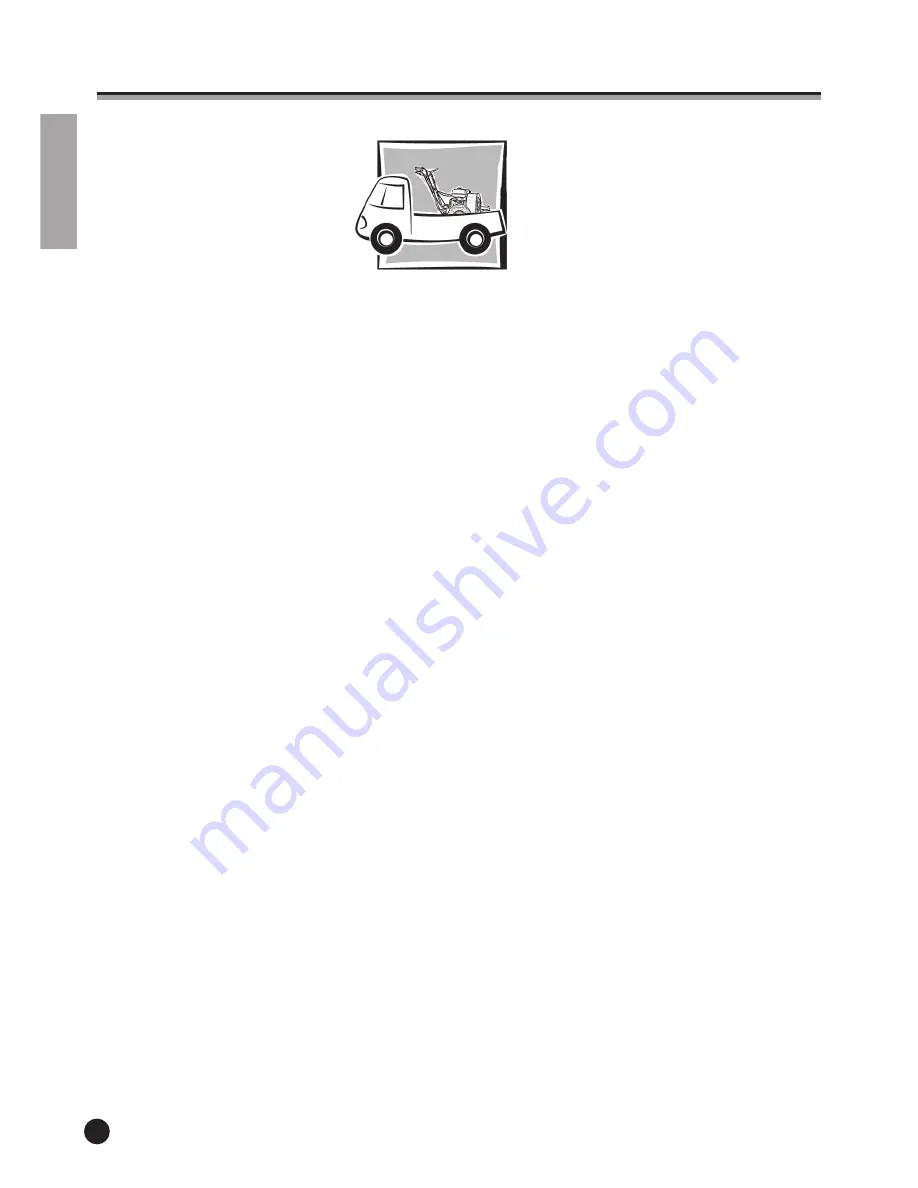
26
English
10. Transporting the machine
• When transporting the machine, always take care to turn off the motor.
• Do only allow responsible adults move or transport the machine.
• During transport, children, unauthorised people or animals must not be allowed within a 3 m
radius of the machine.
• It is critical to judiciously select the traffic route in such a way as to release yourself from the
worries of tripping up over some obstacles. Preferably, the transportation route is flat and
even-surfaced.
• If the machine is tipped over for whatever reason, turn it upright it as soon as possible. This
prevents the oil in the crankcase from getting onto the air filter. As these filters are expensive,
it is best to prevent this.
• Use anti-slip ramps when loading the machine in a van or on a trailer Ensure that these are
well secured to the vehicle or trailer. Under no circumstances should the ramp slope exceed
25°.
• Be careful and composed when loading and unloading the machine so that it does not tip over
and give rise to an accident.
• As soon as the engine is running, the impeller will rotate as well and hence consistently
develop air. Consequently, if one wants to use traction for transporting the machine between
two work zones, one should not forget that air will be emerging from the discharge nozzle at
high velocity. To reduce the risk of damage from stone chipping, the air valves must always be
turned upwards. Their position is controlled with the operating lever on the handlebar. Throt-
tle must be reduced as well.
• When reversing with the machine, always check that there are no obstacles that could cause
an accident.
• If the blower is equipped with a mountable seat, never use it for driving the machine up the
ramps of a car. Loss of traction on the wheels would cause the machine to roll backwards. It
would be very hard to control and could hence form a potential danger to safety. Detach the
seat and drive all the parts up the vehicle separately.
• Checking and tightening the bolts of the impeller.





















